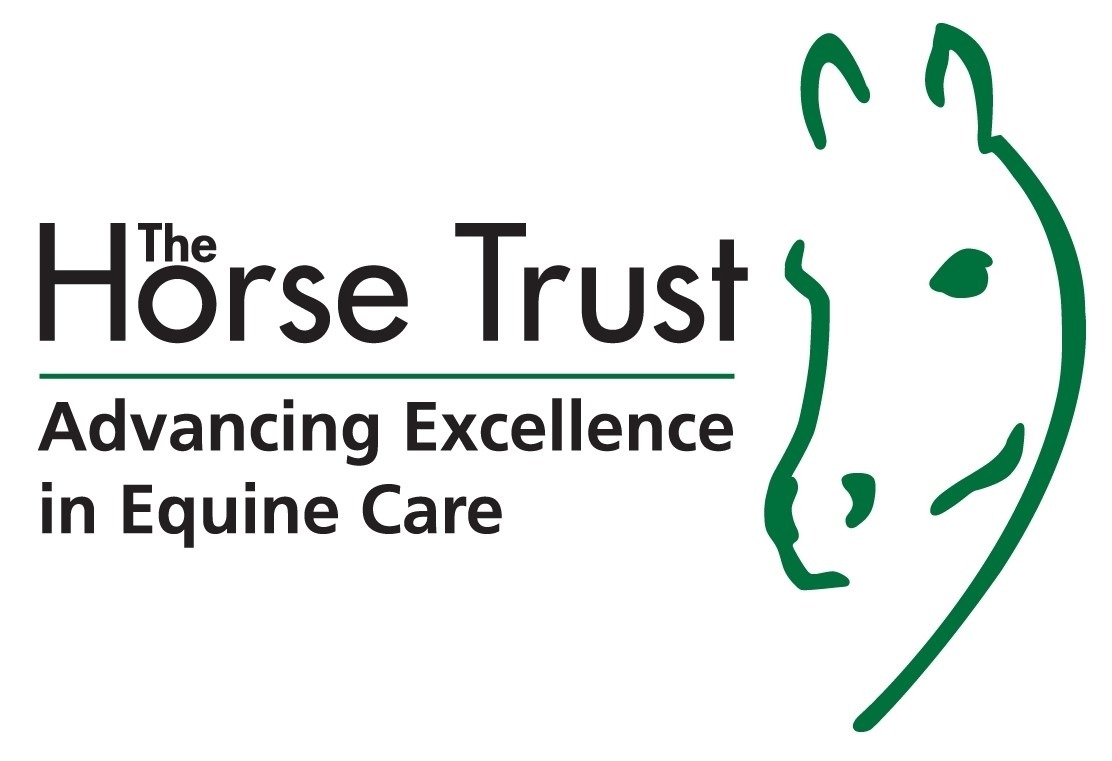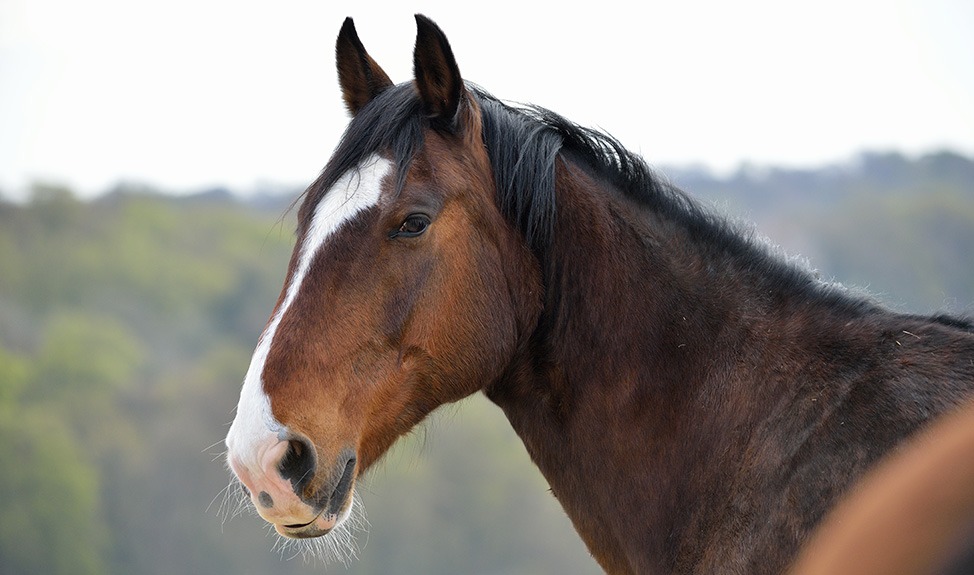This month we’re shining a light on our Director of Fundraising & Communications, Jess. Jess…

Information for Laminitis Feature
Laminitis is an extremely painful condition and more than 8000 ponies and horses in the UK suffer an acute attack for the first time each year. Many of these animals become chronically debilitated and prone to recurrent attacks, joining the UK herd of more than 16,000 chronically affected animals.
Animals with chronic disease or frequent recurrent low grade episodes require long term therapy with pain relieving drugs which are not without toxicity, causing damage to the gastrointestinal tract, kidneys and liver.
Approximately 10 percent of horses at The Horse Trust have laminitis, including ex-police horse Snodgrass.
Shirley Abbott, the Yard Manager at The Horse Trust, says that the horses at the sanctuary have responded well to treatment, but they carefully manage the grazing of the horses to prevent the condition from flaring up.
“We don’t ever put our laminitic horses out on new rich grass. Luckily we have small enough paddocks that they are usually overgrazed, so the grass is not too rich,” said Shirley.
A fundamental question in laminitis research is around why certain animals are predisposed to developing chronic laminitis.
Recent Horse Trust funded research¹ carried out by Nicola Menzies-Gow and Professor Jonathan Elliott at the Royal Veterinary College found that ponies develop certain symptoms in advance of developing laminitis, including hypertension (high blood pressure), insulin resistance² and dyslipidaemia³.
Professor Jonathan Elliott, Vice Principal for Research at the Royal Veterinary College, says that research is continuing into this area, in particular looking at how insulin levels vary in different horses and how this impacts the development of laminitis. He hopes that further research will eventually lead to a way of screening horses and ponies to find out which are most likely to develop laminitis.
“This would need to be more than a simple blood test for insulin levels, as you would need to control for variation in the pasture that the horse is feeding on. One pasture can vary greatly, for example, at different times of day, in different weathers and at different times of year. In addition, it is possible that horses and ponies vary in their response to carbohydrate intake at different times of the year. The value of such a test would enable preventative measures to be focussed on the horses and ponies most at risk of suffering from laminitis. Any test that was developed, would need to be validated so we could understand how the test performs under these different conditions,” said Professor Elliott.
Elliott added that as horses and ponies in the wild are adapted to survive on lower nutrient pastures, it could be that the animals which were best adapted to these conditions are most susceptible to laminitis.
1 2















This Post Has 0 Comments